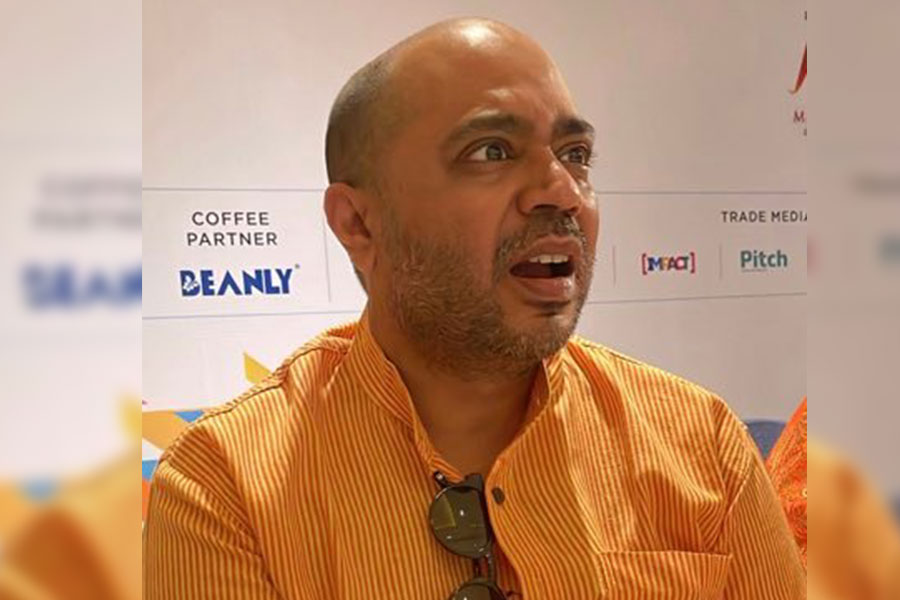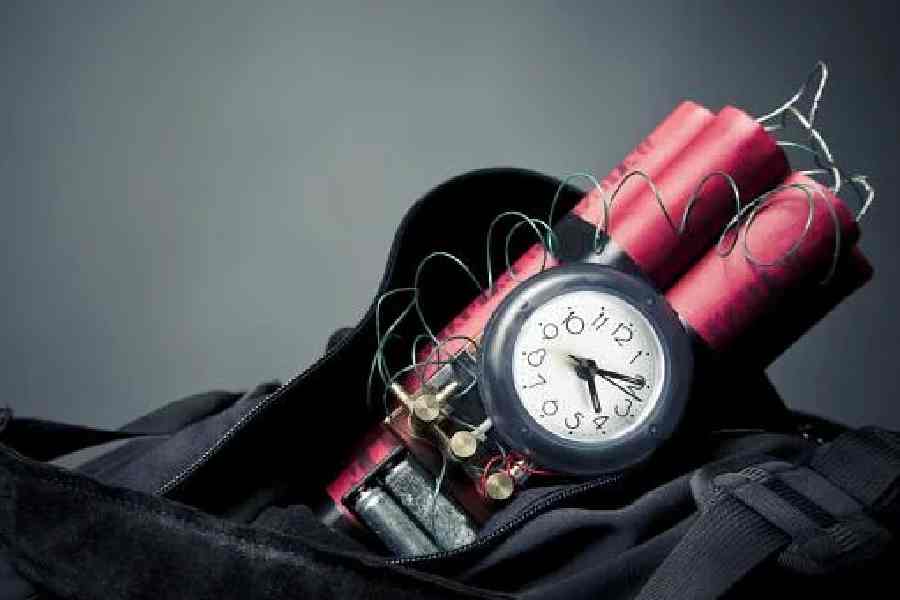 |
| Life insurance or tree destruction? A highrise building is being constructed for LIC employees on Lord Sinha Road, putting several old trees under threat |
A repository of learning and a celebration of the written and spoken word — that is how the committee set up for upgrading National Library envisages Belvedere Estate, as the iconic building was formerly known. With the nation’s largest collection of books shifted to the newly constructed Bhasha Bhavan in the complex, the main building, spread across 9,791.82sq m, is up for restoration and reuse.
The 15-member committee of experts from various fields constituted by the Union ministry of culture met for this purpose on November 6 at Bhasha Bhavan. Though not listed as an ancient monument, the heritage status of Belvedere Estate is not to be ignored, said committee chairman Barun De.
Some reports say a building stood at the site even before the Battle of Plassey. The present structure was possibly built by Warren Hastings in the 1760s. It was bought by Colonel Tolly in 1785, and Lord Dalhousie lived there as the governor-general of India in 1880s. It served as the residence of the lieutenant governor of Bengal between 1911 and 1947 and the Viceroy of India put up here when he came to the city for the Viceroy Cup races.
“The Archaeological Survey of India has been invited to conduct the repair and restoration work. There is seepage from the roof and many walls need a coat of paint. A detailed photographic record will be kept so that the repair work is accurate,” said De. The two large lawns and majestic trees around the building will be nurtured to their former glory, he added.
Jawhar Sircar, the secretary of the ministry of culture and a member of the committee, spoke of a number of options for the renovated National Library. “There could be one giant museum or many museums. It could house only rare books and manuscripts or all kinds of precious objects. But it will always be an adjunct to the Bhasha Bhavan, not another institution,” said Sircar.
Members of the civil society will also be included in the restoration process, which is likely to take two or three years.
From the beyond
A gentleman had passed away quite a few months ago, but his wife was yet to receive her first widow pension. So the couple’s daughter headed to the bank to make enquiries. “All the formalities have been completed,” an official assured her, “except this one”. He held out a form and indicated: “We need your father’s signature here.”
The woman was not surprised. Some weeks ago, when she was trying to surrender her father’s telephone, the officials had asked her to bring a letter from the father. On that occasion, she had written a letter and forged her father’s signature on it. Her work had got done.










